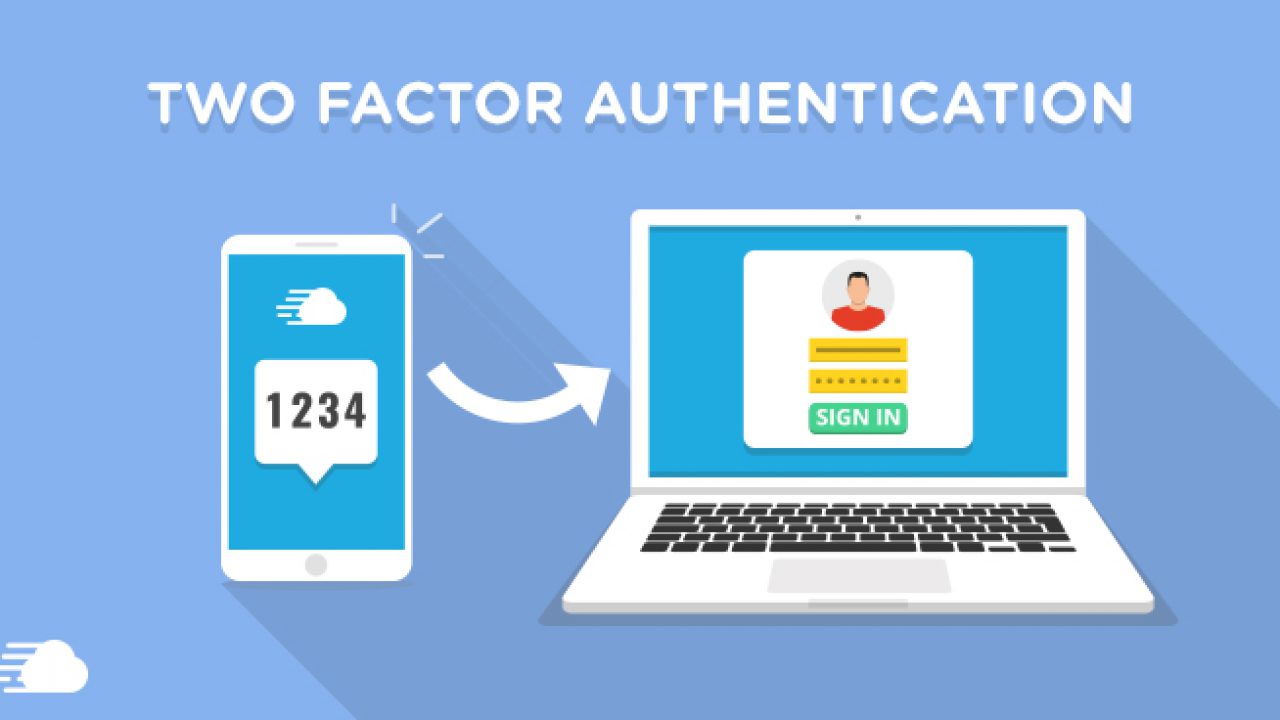Several people who own an app business are oblivious to the significance of putting money in mobile app maintenance and support services. In case you wish to develop a new app or have, of late, launched one, you should know about the importance of app maintenance and support for future success. So, let us delve into the significance of app maintenance and support.
Mobile App Maintenance and Support
Mobile app maintenance and support pertains to the whole set of procedures adhered to for ensuring a smooth and hassle-free operation of any live mobile app. It comprises tracking, processing, fixing and upgrading the components it is made of to provide a superior end user experience. Statistics point out that close to 52 per cent of the apps get taken down by several users within the first three months of the launch. This happens due to improper app maintenance to improve the user experience. Despite having advanced features and functionalities there will always be a room for improvement. Hence, the app maintenance and assistance, which aid in pushing the new features to your current app or deal with the bugs.
Mobile Apps Needing Maintenance
In order to gauge the support and maintenance required in any app the understanding of the feature and complexity level of the same become imperative. For example, if you own a complex eCommerce app having millions of daily active users, you need a more proactive maintenance plan. So, based on the kind of your app, the amount of daily active users, and the complexity aspect, go for the pertinent maintenance plan from any efficient mobile app maintenance and support service provider.
Several Types of Mobile App Maintenance
i. Emergency Maintenance
This type of maintenance handles all the imminent problems and mistakes that surround the system and seek quick remedy. If a company gets into an unpredictable but important troublesome situation regarding their mobile app, they must avail emergency maintenance.
ii. Perfective Maintenance
With target users utilizing the app, some new or altered user needs unravel. Perfective maintenance factors in those feedbacks. It entails operational alterations in the source code, in order to offer active app users an incredible user experience,similar to their liking.
iii. Adaptive Maintenance
Over here maintenance is focussed upon updating the system to keep it relevant with the evolving hardware or software surrounding. Environment, in this sphere, pertains to the effects and working conditions, which affect the application’s system.
iv. Preventive Maintenance
This is primarily the intervention based on cutting down or doing away with the development of errors. It basically works on lessening the complications of the application and enhancing the knowledge and maintenance factor.
v. Corrective Maintenance
Finally, corrective maintenance refers to rectifying faults and leftover errors in the daily app operations. Residual errors pertain to mistakes in design, logic or coding. They are generally extracted from the bugs flagged by users.
Significance of App Maintenance Services
More than anything else one should be aware of the significance of mobile app maintenance services. In the current cut-throat scenario it has become essential to optimize the app’s performance, and retain current users, while trying to lure more users.
Mobile app maintenance can be a blessing in such a scenario as it ensures a superlative user experience.
i. Be relevant to changing technologies
With mobile and tablet manufacturers bringing fresh models of the hardware systems, the new devices do not have similar size specifications or features. For example, the advent of a face and fingerprint recognition altered screen sizes. An app that cannot gel with the evolving hardware and OS, turns irrelevant in the current context. A diligent and dedicated maintenance team becomes essential to get along with these changes from time to time and assists in retaining user loyalty.
ii. Enhance the UI
The look and feel of any app are essential in ensuring its growth in the market. The UI has to be appealing and functional, so as to keep the users attached to it. Having an organized maintenance plan, you can easily harness the best UI.
Iii. Gel with changing OS
Each year, it is not unusual to see an update in the iOS and Android platforms. Without updating your current apps they won’t function at all or properly. Such problems should not occur with your app as well. With a maintenance plan inclusive of thorough audits if the beta version of the update released is optimal for doing away with last-minute inconvenience to the users. Maintenance prompts the right intervention at the appropriate time.
iv. Remain in line with software library updates
App developers, as a usual practice, like to utilize the pre-coded software libraries to cut out several inactive coding work. This even implies that they must make sure that your app software is in sync with any updates in the relevant libraries. Maintenance plans have a useful role on this count and make sure continued optimality.
v. Handle downtimes with ease
Downtimes are usual and inevitable in most of the segment of information technology.
Even the big fish such as Amazon, Blackberry etc have suffered downtimes which have negatively impacted their revenue. By putting money in constant and prompt app maintenance aids in spotting such downtimes before it wreaks havoc. Getting organized maintenance plans implies that you’re assured of quick remedy to restore the normal functioning in case of such problems.
vi. Assure constant and strong safety
With hackers and cybercriminals having easy time in exploiting gaps in the digital arena, even the ideal security protocols and encryptions go out of fashion in quick time.
In case your app is having crucial information, it can easily have negative and uncontrollable implications. Regular app maintenance aids in maintaining high security. It ensures that the newest security protocols and measures are implemented to safeguard the app and its users from the threats emanating from cyberspace.
Price tag of App Maintenance and Support Services
It is totally wrong to assume that app maintenance can cost you badly. In fact, the real cost is less severe than the security threats and malfunctioning of apps. Chiefly, it’s the two aspects in conjunction that dictate the price for your app:
Complexity: The more complex the app happens to be the more holistic its maintenance becomes.
Frequency: Then it is the turn of frequency of intervention. Weekly or monthly maintenance can cost more than quarterly or half yearly maintenance.
As such, the expense can be dissected into the following elements –
- Hosting expenses
- Monitoring and crash analytics
- App store optimization
- Licenses
- Regularity of including new content
- Marketing costs
- Emergency scenarios
Finally
So, it is critical to accept that the cost hinges heavily on how your app got initially built. If it hasn’t been engineered to expand, the maintenance cost can go up considerably as the app increases its user base. Generally, the companies that offer app development services also give the maintenance plans. You have the option to get the same team or go for another seasoned app maintenance service provider.




